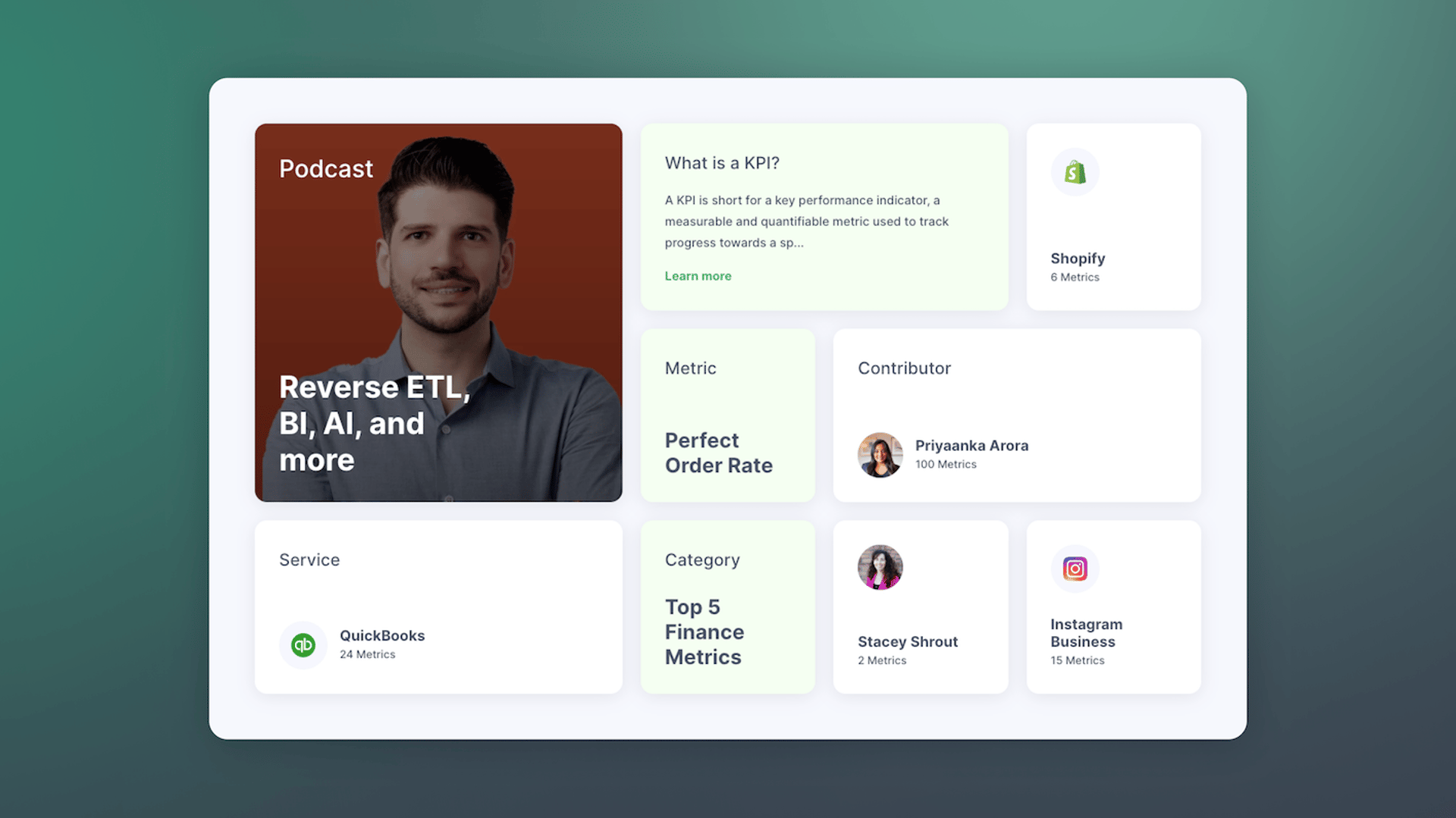Six Tips to Stage your Company with Confidence

Published 2024-01-02
Summary - Preparing to sell your company is not dissimilar to preparing your company to attract investors… | Grab simple, easy-to-implement insights to ignite success in your business.
- Metric definitions powered by MetricHQ -
Recently a CEO came to me with a simple request:
“Is there anything, besides our normal operating activities, that I should do differently to prepare my company for a sale in the next year or two?”
What I liked about this question was the self-awareness of it. The CEO recognized that there might be things he could do to increase his company’s value over and above the usual efforts of running and growing a business. Having sold several companies and participated directly in over $100M in funding over my career, I reflected on my experience and noted the conditions that led to success and what did not.
Interestingly enough, preparing to sell your company is not that dissimilar to preparing your company to attract additional investors. To some degree, I was reminded of how when selling your house, a realtor will advise you to “stage” your home to increase valuation, to make it attractive to what buyers are looking for.
So, what do prospective investors and buyers really look for when purchasing a business? What might be top of the list in their Due Diligence? Of course, Revenue and EBITDA performance (assuming profitability) is top of most lists, and I would expect this is already part of your plan, but what else? Here is a short list with suggestions to help you “stage your company” for sale or investment:
Recurring Revenue (includes historical repeatability of revenue, or contractual models such as Annual Recurring Revenue or Monthly Recurring Revenue). Anything that can help provide assurance of future revenues is a major plus in the Due Diligence. It is no surprise that SaaS companies with low churn rates of business are driving 5 to 10X multiples.
Tip: Look carefully at your current business. Is there any potential to drive some recurring revenue, even if it comes at the cost of upfront sales?
Customer Diversification. It can be concerning when 50% plus of the business coming from 2 or 3 customers.
Tip: This one is simple - you need to dedicate some of your time (or your sales team) to focus on new accounts, rather than the easier ‘farming’ of existing accounts. Be sure to create the appropriate incentives.
A Plan to achieve growth. A potential buyer or investor will want to see what your next few years of growth look like and how you propose to achieve these. Hockey Stick performance (i.e. promising that success will increase geometrically at some point) is discounted heavily. A steady growth forecast, especially if it is backed by a proven track record of such performance, is weighed heavily.
Tip: Do you currently have a strategic plan you are executing against? Are you operating KPIs aligned and are you avoiding the top KPI mistakes companies make? If not, DO IT…
A strong management team. A potential buyer or investor will be looking for a management team that brings their own skills, experiences and decision-making ability. If you have not developed a team of managers but rather supervisors who have not been given the chance to grow in their respective roles, then the buyer or investor is going to be exposed. Either they have to keep you engaged (perhaps with a buyout) or they will bring in another CEO who will be faced with a team that is possibly not able to make decisions. Either way a weak management team is an exposure that can discount your value.
Tip: It is never too late to start developing your management team. Challenge your managers to take on responsibility and make decisions, provide approval levels, even let them make mistakes (within limits) and where they are not up to it, perhaps time to make some changes.
10X opportunities. This actually contradicts somewhat with my comment above about not relying on a hockey stick forecast. That said, the highest multiple for a company I sold came about as we had developed a better product in a large and growing market. We were able to bring evidence of success with large customer trials to back up our claims. We marketed this new product and its potential heavily in our efforts to reach out to potential buyers. The result was >10X revenues, a multi$B sale. Of course timing of this in a buoyant market helped – and a little luck never hurts!
Tip: Part of your strategic plan needs to look at the potential to apply your special technology or skills to develop blockbuster new products or markets.
Multiple buyers or strong lead investor. Having multiple buyers or strong lead investors who helps bring in others can help increase your value. Put another way, if you have to sell and have only one interested buyer, the card hand you hold has no face cards or even pairs.
Tip: If you do the points outlined in 1-5 above, this will take care of itself!
To conclude, if you are not rushing to sell or bring in more investment, then you have time. Use this time wisely by staging your company now so that when you do choose to test the markets, your valuation may be considerably better than if you had simply let the business take care of itself.
Related Articles

Why Are KPIs Important?
By Danielle Poleski — August 5th, 2025
2025 BI and Analytics Trends for Small and Mid-Sized Businesses
By Allan Wille, Co-Founder — December 18th, 2024
How smart businesses are making better decisions
By Alastair Barlow — November 22nd, 2023

